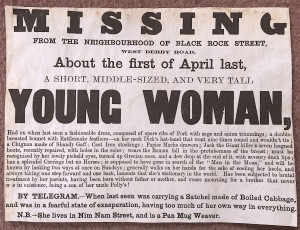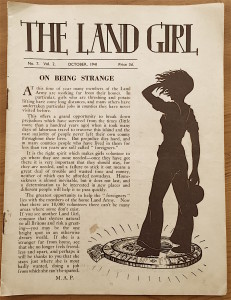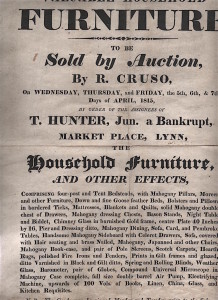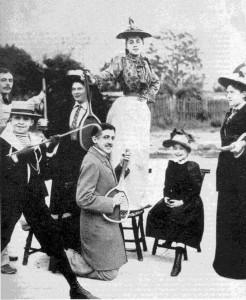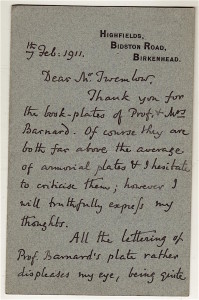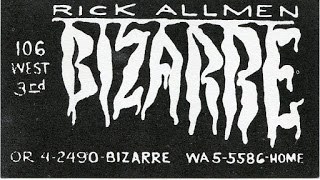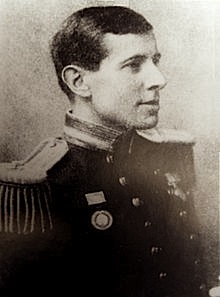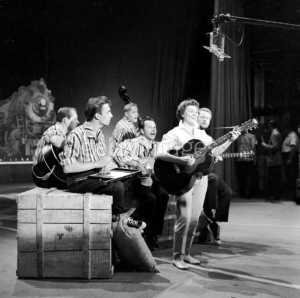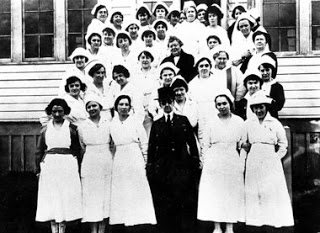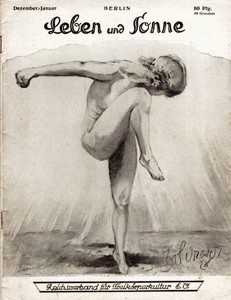 Found in the December 1935 issue of The Collector’s Miscellany is this extract from Nudelife, a magazine devoted to Naturism.
Found in the December 1935 issue of The Collector’s Miscellany is this extract from Nudelife, a magazine devoted to Naturism.
To the astonishing number of hobbies, quaint, varied, cheap, expensive, voluminous or requiring very little space of time, already practised by countless numbers of all ranks, sexes, ages and colour throughout the whole world, may be added this new one—thanks to nudism—that of collecting nudist magazines, either for pride of possession, or scientific, art or educational adjuncts. The field is a new one, and provided a spice of novelty, not to say thrills or even risk, inasmuch very many foreign publications, particularly German, have been prohibited or suppressed. To collect these latter publications is no crime, but they must be kept private and for the purposes above mentioned to be absolutely on the safe side. The number of German magazines have been many and varied and of comparatively short duration except in the case of an outstanding two or three. They are marked chiefly for their frank portrayal of free-body culture between the sexes in the open fields or nudist camps, with a few indoor nude studies sandwiched in between, in the matter of half-tone illustrations, which are noted for their beauty of form, relation to natural surroundings, valued instruction in sex hygiene, the value of sunlight in health . The word obscene has crept in with regard to these magazines, which are displayed for sale or are sold for a purpose other than as necessary adjuncts to the culture of science, art or specific education. In this case it would be most advisable to earmark the collection under one or more of these headings and mark strictly private and personal. In our case they become included in our Nudelife dossier for the relativity of the movement. Some other nudist countries, or better still, some other countries having a nudist movement within its confines, have at one or two publications which will eventually be more accessible and obtainable perhaps than was the case of Germany, for collectors.
So here we have a justification, on the grounds of their educational or scientific value, for collecting what, in a recent Jot, R. Edynbry argues are merely obscene “ art “ magazines, fit only for the stupid and ignorant. Despite the fact that the anonymous author of this piece emphasises the legality of collecting nudist magazines, the whole defence is set about with cautions and suggestions as to how such material might be kept away from the prying eyes of the censor. [R.M.Healey]

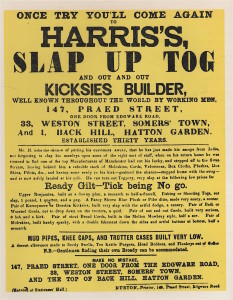
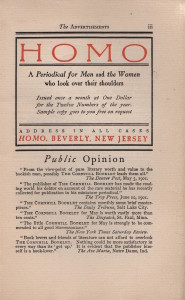

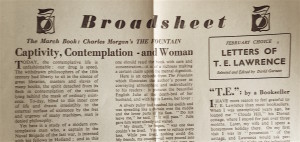 Found among the books in the working library of the actor Peter O’Toole (1932 – 2013) his copy of Letters of T.E. Lawrence (Readers Union, 1941.) O’Toole had surprisingly few books on or by Lawrence considering that this was probably his greatest role and the film that made him an international star. In the Reader’s Union edition was loosely inserted a one page wartime broadsheet keeping members of the book club informed about new publications. It was from an address at Wray Common, Reigate. This broadsheet / flier was dated February 1941and has a good piece (“T.E.”) on Lawrence by his friend and bookseller K.W. Marshall.
Found among the books in the working library of the actor Peter O’Toole (1932 – 2013) his copy of Letters of T.E. Lawrence (Readers Union, 1941.) O’Toole had surprisingly few books on or by Lawrence considering that this was probably his greatest role and the film that made him an international star. In the Reader’s Union edition was loosely inserted a one page wartime broadsheet keeping members of the book club informed about new publications. It was from an address at Wray Common, Reigate. This broadsheet / flier was dated February 1941and has a good piece (“T.E.”) on Lawrence by his friend and bookseller K.W. Marshall.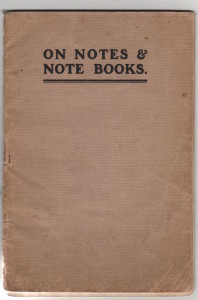 Now we are in the Digital Age, when as much data as we like can be stored in a note-book sized device made of plastic and metal, note-taking as a aid to memory is less important. As recent as fifteen years ago if we needed to record the gist of books, articles etc., we resorted to a note book made of paper and card which had to be small enough to be carried around in a pocket. In practice what we tended to do, however, was to write too much in too big a hand than was appropriate, thus making our notebook less efficient as a means of storing an accumulation of facts and opinions.
Now we are in the Digital Age, when as much data as we like can be stored in a note-book sized device made of plastic and metal, note-taking as a aid to memory is less important. As recent as fifteen years ago if we needed to record the gist of books, articles etc., we resorted to a note book made of paper and card which had to be small enough to be carried around in a pocket. In practice what we tended to do, however, was to write too much in too big a hand than was appropriate, thus making our notebook less efficient as a means of storing an accumulation of facts and opinions.